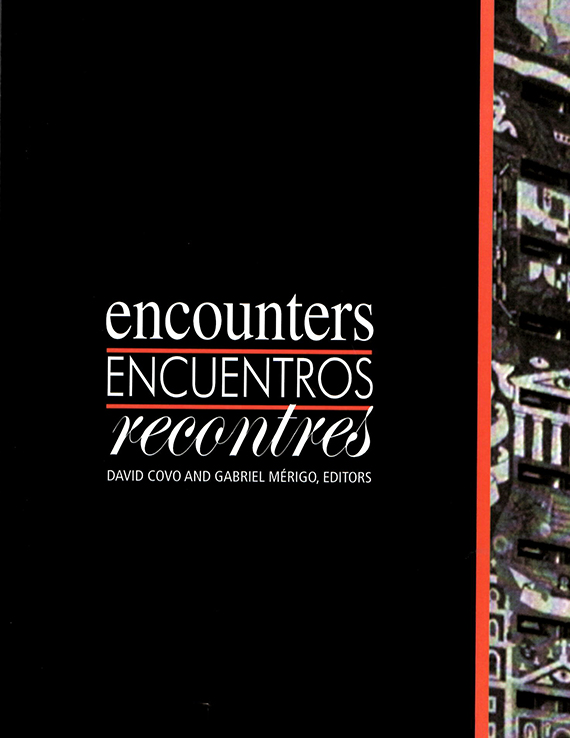Author(s): Amy L. Murphy
As architecture tries competes with new media technologies as an equivalent means by which to experience the world, there has been a re-emergence of what I call ‘a presumption of visuality’ in much of the most important architectural work being produced today. Whether in the recent urban work of Rem Koolhaas, Zaha Hadid and Herzog De Meuron or that of several emerging firms, the formal and conceptual understanding of each project is contingent on the phenomenological experience of a subject in real time and space. Architecture of course has always depended on its image and the presence of an active ‘user’ to a certain extent, but in recent past decades, other modes of understanding architecture have been prioritized over the phenomenological, such as the rigors of pre-fabrication and efficiency 1950-60’s, the meta-structures of post-modern semiotics 1970-80’s. In this paper, I argue that some of our more interesting contemporary architects accept the dominance of visuality in our general social body, understand its historical relevance to the discipline of architecture, and have found a way to bring it back as a means to re-position architecture as a primary means to experience our collective urban reality. But most importantly, they have done two things simultaneously: 1. They have begun to move us beyond any false dichotomies constructed between technological rationality (the ontological) and cultural representation (the scenographic) and 2. They have avoided the tendency to substitute the terms of one culturally weaker discipline (architecture) with another more dominant discipline (filmic/digital media).
Volume Editors
David Covo & Gabriel Mérigo Basurto
ISBN
0-935502-57-2

 Study Architecture
Study Architecture  ProPEL
ProPEL 
